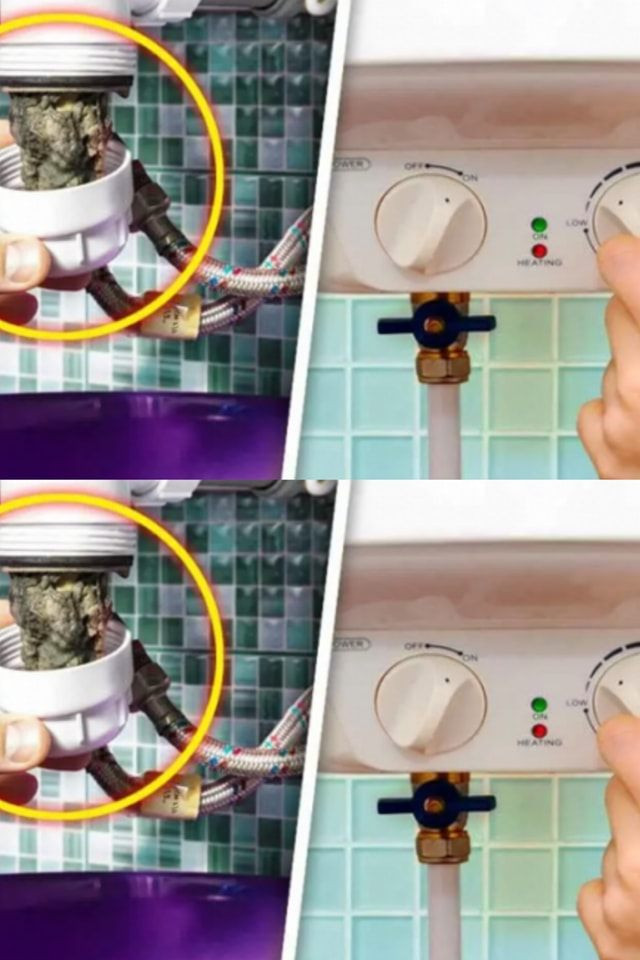ADVERTISEMENT
Sure! Here’s an article you can use for the topic: “How to Remove Limescale Deposits That Damage Pipes and Hot Water Systems”.
How to Remove Limescale Deposits That Damage Pipes and Hot Water Systems
Limescale is a stubborn and damaging mineral buildup that forms when hard water (water with high calcium and magnesium content) flows through your plumbing system. Over time, limescale can clog pipes, reduce water pressure, and damage water heaters, boilers, and household appliances. Fortunately, there are effective ways to remove limescale and prevent it from causing costly repairs.
What Is Limescale and Why Is It a Problem?
Limescale appears as a white, chalky deposit, often seen around faucets, showerheads, kettles, and inside pipes. It forms when hard water is heated, causing minerals like calcium carbonate to crystallize and stick to surfaces.
Here’s why it’s a serious issue:
- Clogs pipes: Reduces water flow and increases pressure on your plumbing.
- Damages appliances: Coats heating elements in boilers and water heaters, reducing efficiency and lifespan.
- Increases energy bills: More energy is needed to heat water when limescale insulates heating elements.
- Affects water taste and quality.
How to Remove Limescale from Pipes and Hot Water Systems
1. Use White Vinegar and Baking Soda (For Light Buildup)
This is a natural, chemical-free solution ideal for mild cases.
Steps:
- Pour ½ cup of baking soda down the affected drain.
- Follow with 1 cup of white vinegar.
- Let the mixture sit for 30 minutes to an hour. It will fizz as it breaks down mineral deposits.
- Flush with hot water.
Use this method monthly to prevent buildup from returning.
2. Flush the Hot Water Heater
If your hot water system is less efficient or making popping noises, it may be due to limescale buildup inside the tank.
Steps:
- Turn off the power or gas supply to the heater.
- Allow the tank to cool.
- Connect a hose to the drain valve and empty the tank.
- Fill it with a descaling solution (such as vinegar or a commercial limescale remover).
- Let it sit for a few hours.
- Flush the tank completely and refill it with clean water.
- Turn the system back on.
Note: Always consult your heater’s manual or a plumber before attempting this.
3. Use Commercial Descaling Products
There are many products available specifically for removing limescale from plumbing systems. Choose a product safe for your type of pipes (PVC, copper, etc.) and follow the manufacturer’s instructions.
Popular Options Include:
- Liquid limescale removers
- Citric acid-based cleaners
- Central heating system descalers
